This thread is mostly about trying to deposit some info out of my brain into one spot. It is mostly based on my experience, I am more than happy to be corrected or add any info! It will be an ongoing work as I discover new things and people provide more info.
I am trying to provide Australian-specific information - the UK got a lot more variations than us, the USA only the later ones, which means that the usual sources of information are often confusing.
Overview.
These cars share their platform with the Mitsubishi Carisma and the Proton Waja, but with Volvo-specific body work, interiors and drive-lines.
They were built from 1995 to mid-2004, replacing the Volvo 440 and eventually being replaced by the second-generation, 5-cylinder S40/V50 on the P1 platform.
Volvo gave the cars a series of cosmetic, safety and mechanical updates in mid-2000, which was termed the "Phase 2". However, many of those changes began to be introduced in late 1999 onward - these cars are widely-but-unofficially known as "Phase 1.5".
They are front wheel drive, 4-cylinder, with strut front suspension & multi-link independent rear suspension. Single-piston disc brakes on all four wheels.
There are four main specification levels - 1.8, 2.0, 2.0T and T4. They are usually badged as such, except the 1.8s that are simply badged as "S40" or "V40".
https://en.wikipedia.org/wiki/Volvo_S40#:~:text=The%20Volvo%20S40%20is%20a,from%20versatility%2C%20estate)%20cars.
The Phase Monster.
Volvo only officially called the mid-2000 and later cars "Phase 2", but this obviously made the earlier cars "Phase 1". However, it was recognised that a lot of the changes were being introduced in the previous year or so, and these transition cars are known as Phase 1.5.
It is not a 100% accurate way of describing every car - some specs got the changes at different times - but it is a useful way to group the cars in general.
In simple terms, Phase 1 and 1.5 cars look the same from the outside - the changes are interior and mechanical.
The main exterior changes are:
Phase 2 has larger lights in the sides of the bumper bars, along with larger front indicators and a different style front bumper.
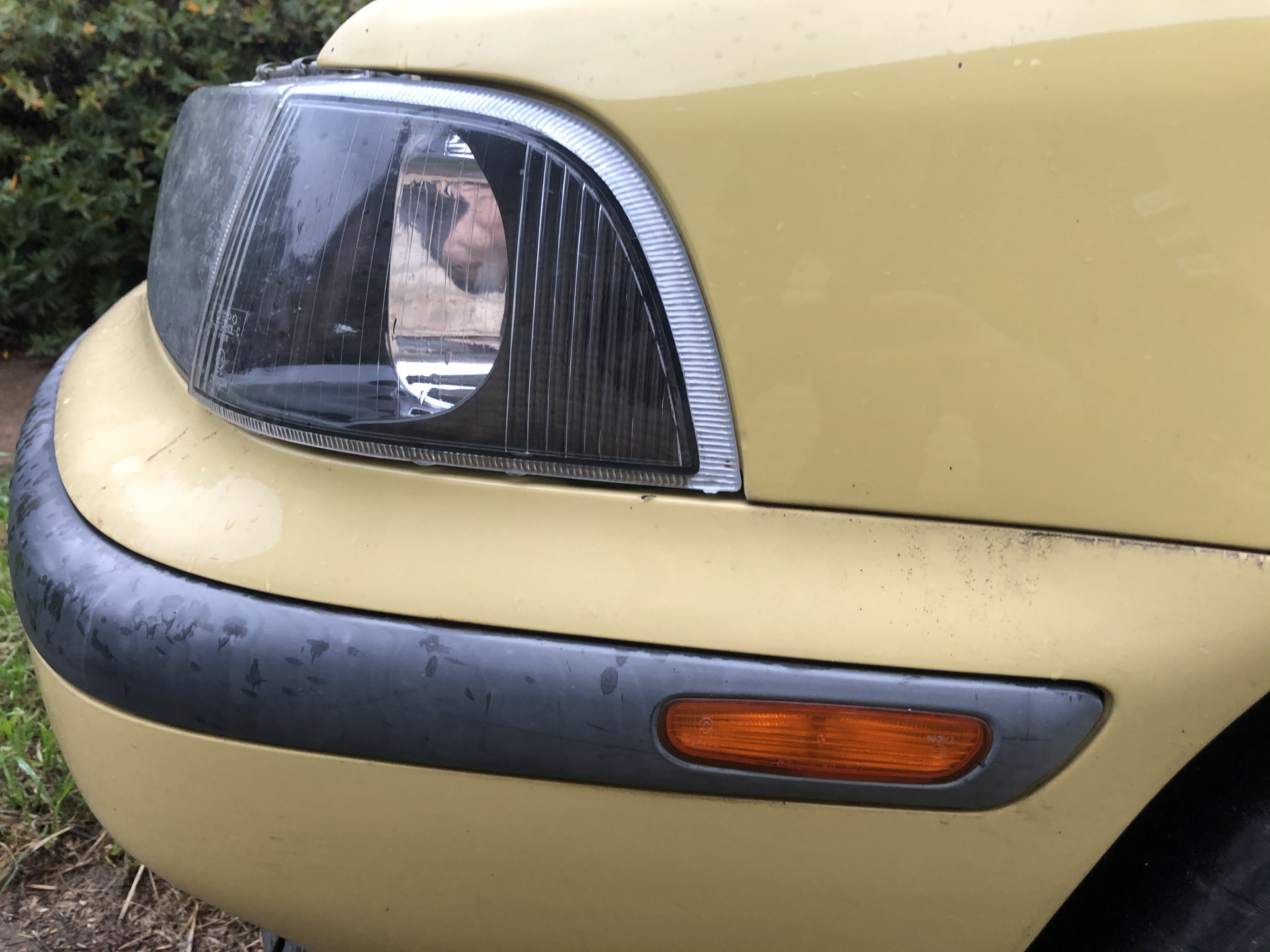

Phase 2 has no small grey/black plastic 'flares' on the wheel arches and no add-on grey/black plastic to the bottom of the bumpers.
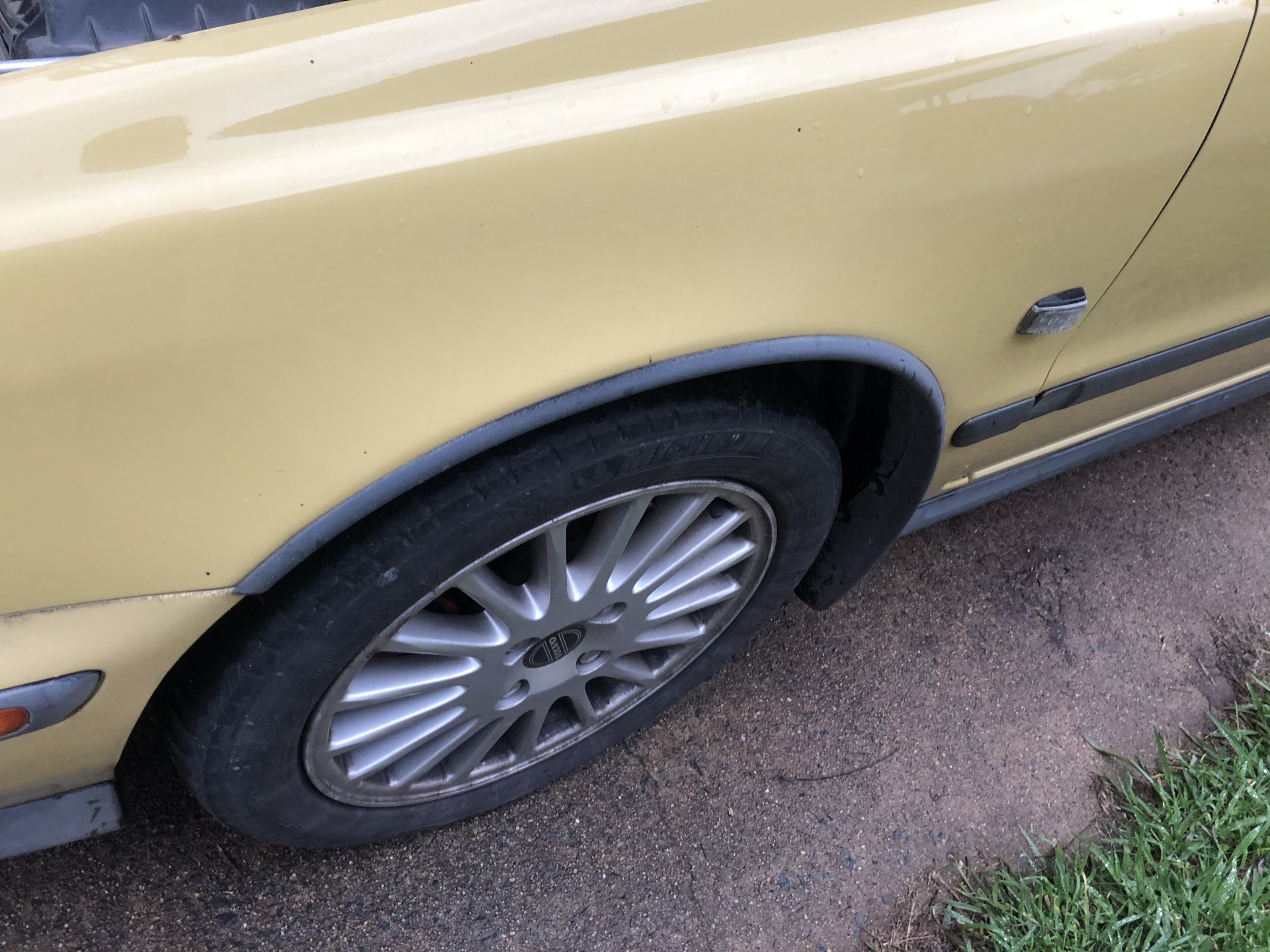
Phase 2 has "VOLVO" badge on the bootlid above the boot lock (its under the LH tail-light on the earlier cars.
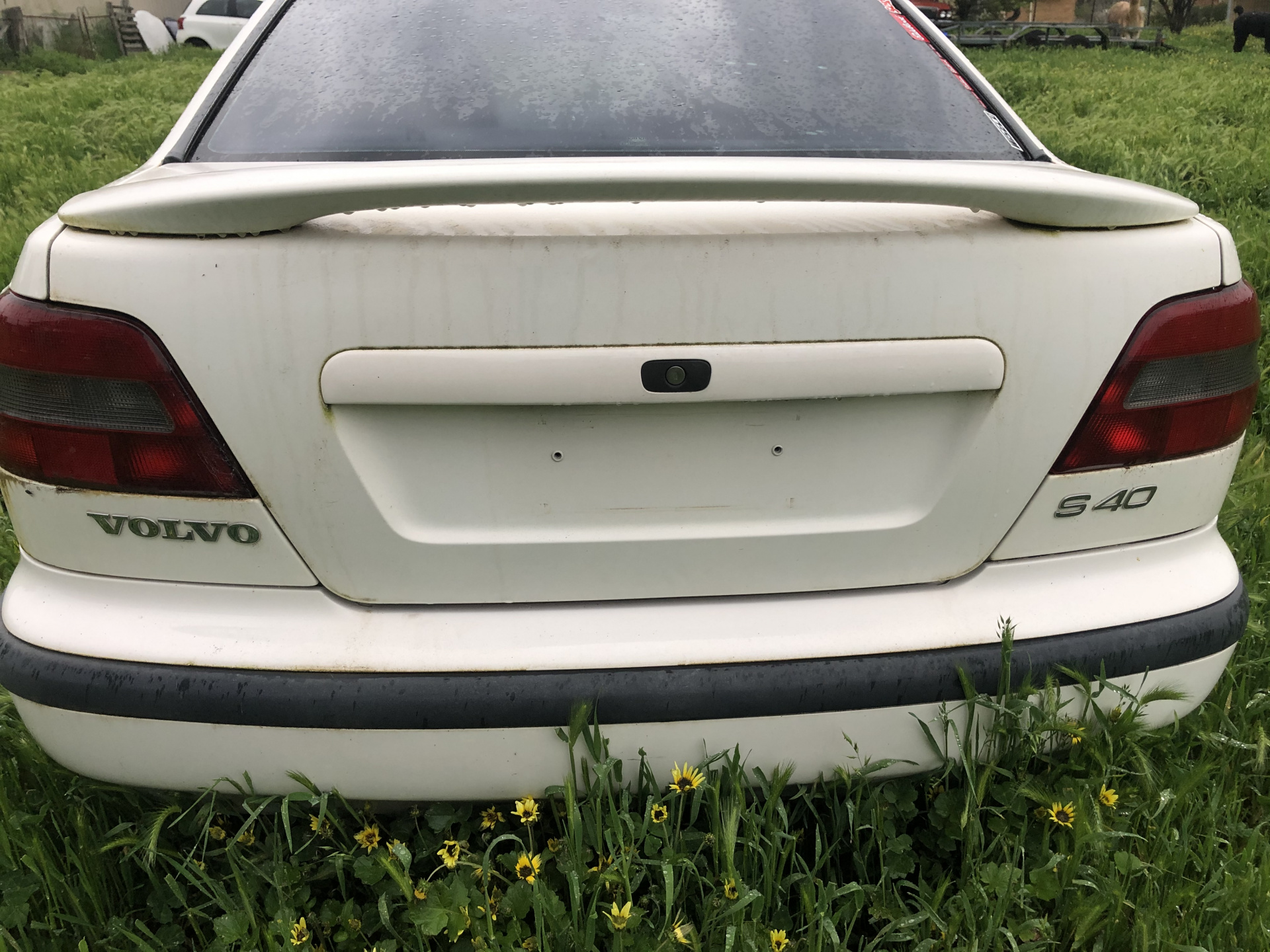
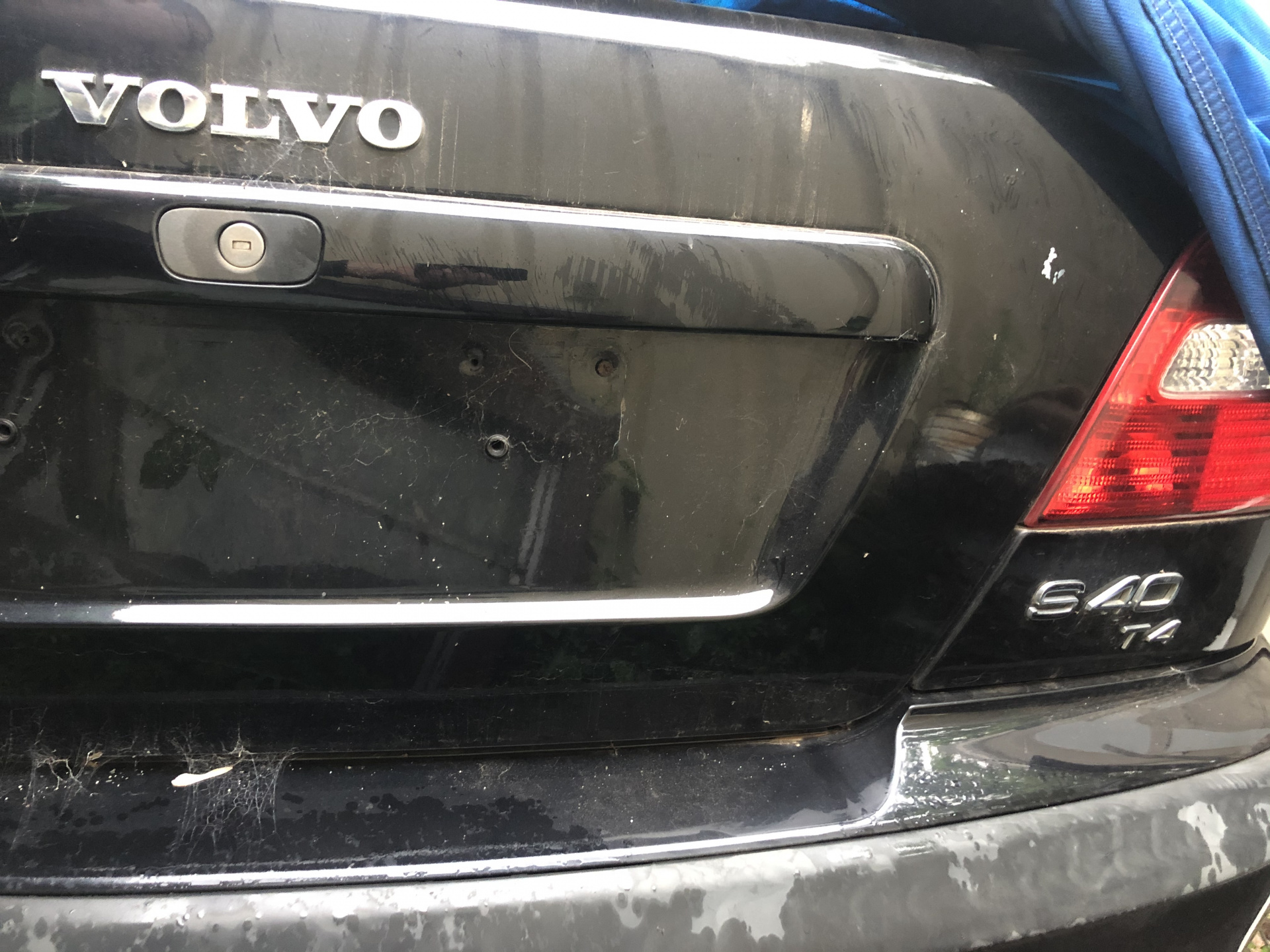
The main interior changes are:
Phase 1 has a power window switch on the front passenger's door AND in the centre console. Phase 1.5 & 2 only have it in the centre console.
Phase 1 has an LCD fuel gauge & a folding arm rest on the left hand side of the driver's seat.
Phase 2 has a plain black surround on the dash (around the stereo and heater controls).
Late Phase 2 has a 3-spoke steering wheel, all earlier cars have 4-spoke steering wheels.
Phase 2 has the side airbags in the roof, rather than in the seats.
Phase 1 interiors were light grey or charcoal. Phase 1.5 are mid grey or charcoal. Phase 2 are mid grey or black (not 100% sure on this).
The main mechanical changes are:
Phase 2 got Variable Cam Timing. Some Phase 1.5 NA cars got VCT, but I have not been able to work out any rhyme or reason to which ones.
Phase 1 has a large, flat plastic cover over the entire top of the engine, whereas the later cars have a 'bulgy' cover over the coil packs but most of the aluminium cam cover exposed.
Phase 1 NA cars have a unique engine management system that uses two coils each with two plugs leads. The Phase 1.5 & 2 NA cars use the same system as all the Turbo cars, with a coil on #3 & #4 sparkplugs, each with a lead to the other plugs.
Phase 2 cars have fluid filled engine mounts,compared to the rubber mounts of the earlier cars.
Phase 1 NA cars use a Renault M5P gearbox, compared to the M56 of the Turbo and the later NA cars.
Early Phase 1 T4s use the ugly/awesome "Phonedial" wheels, compared to the BBS wheels fitted to most later T4s.
-----------------------------------------------------------
Engines.
https://en.wikipedia.org/wiki/Volvo_Modular_engine
The engines are the four cylinder version of the Volvo Whiteblock motor. In Australia, there are four basic motor options: 1.8 litre non-turbo (B4184S), 2.0 litre non-turbo (B4204S), 2.0 litre low pressure turbo (B4204T), and the high pressure turbo in either 1.9 (B4194T, early models) or 2.0 (B4204T5, in Phase 2 cars).
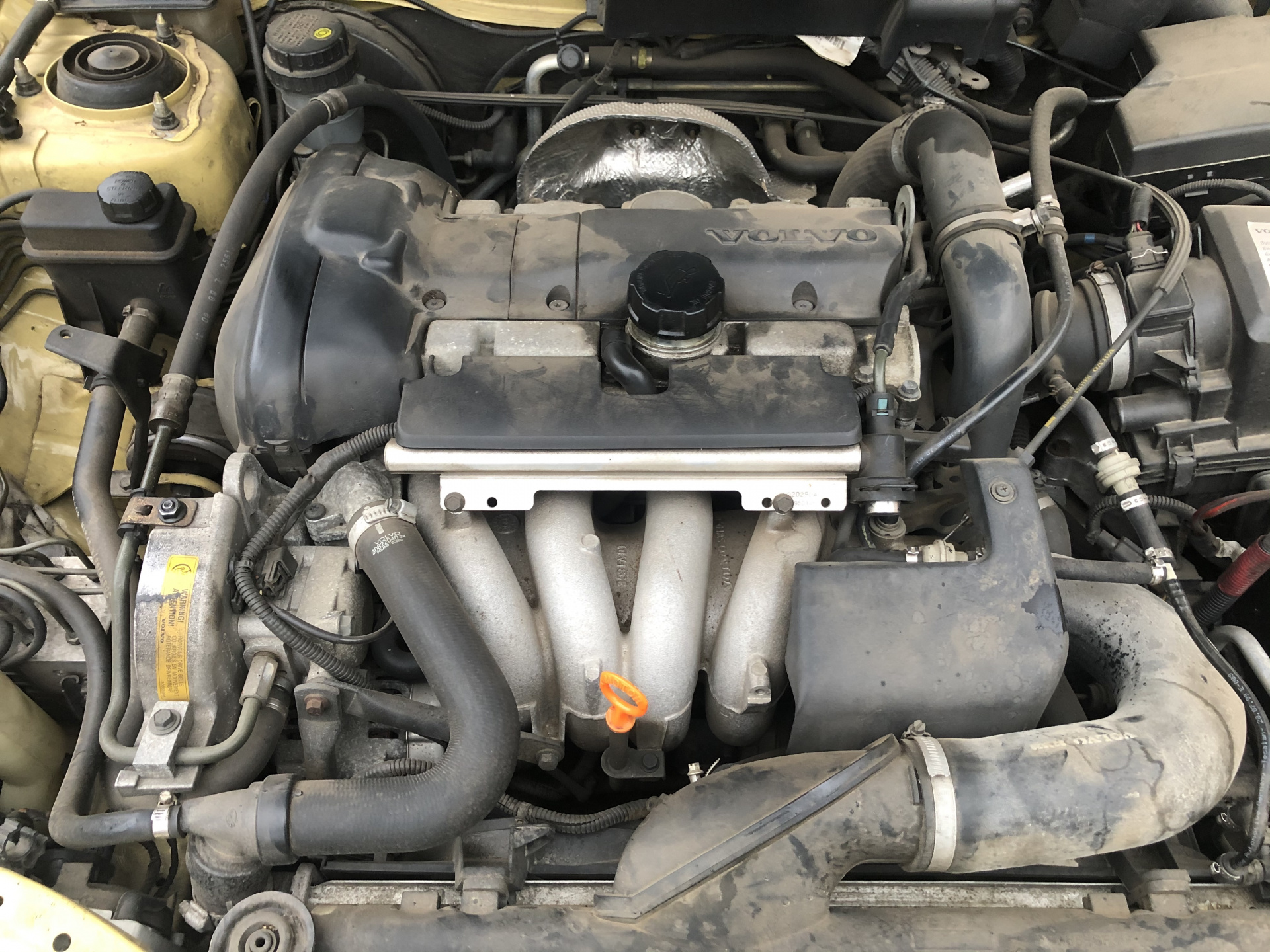
This is a Phase1.5 turbo motor.
The actual capacity of all the motors is smaller than what Volvo called them - but it only becomes a problem when people mess with Volvo's naming and then everyone gets confused.
They all got variable cam timing for the Phase 2 update in mid-2000. Turbo motors have VCT on the exhaust cam, whereas non-turbo motors have it on the intake. Volvo does not claim any more power or torque from the VCT motors, but they have a noticeably broader power delivery.
The early B4184 motors were 1731cc, but Volvo increased the stroke to give a capacity of 1783cc. I do not believe that any of the early 1731cc motors were in Australian delivered vehicles - we only got the 1.8 model after the capacity was increased.
Most cars have a Siemens engine management system that uses a 60-2 crank sensor on the flywheel, along with a cam sensor. Hot wire style Air Mass Meters. They also have ignition coils on #3 and #4 ignition coils, each with plug leads to #2 and #1 spark plugs respectively.
The exception to this is the early NA cars that use a different management system, and two coils each with two plug leads.
What Goes Wrong (WGW).
Pretty much the same as all Whiteblocks, but the smaller I4s seem to be a bit more robust than their I5 and I6 siblings. Basic maintenance should seem them sail past 300,000km without trouble. The two most common catastrophes are directly related to missed maintenance - broken timing belts and sludgy oil.
The fuel pressure regulators can leak fuel back into the intake manifold which causes hard starting (hold the throttle about one-third of the way down while cranking and it will start). It can also cause sluggish performance and poor fuel economy, but the hard starting is the most reliable sign. Replacement takes about two minutes.

Coil packs are a common hassle, in two different ways. The first is that they arc to the side of the head, causing a misfire, particularly under high load/boost. Usually the point of failure can be seen as a grey patch on the rubber.
Replacement is the only solution to this problem.
The second is the connectors to the coil packs. They have a silicone rubber that crumbles away with age/heat, and then the bullet connectors work loose on the terminals and the coil pack stops firing. The solution is simple - gently crimp the female terminal down so it fits snugly again. If you are very unlucky, the male terminal fatigues and breaks off the coilpack itself, but this is rare.
AMMs can die, causing rough running. Turbo and non-turbo AMMs are not interchangable. Turbo ones have a square on top, where the NA ones have a larger rectangle.


The VCT cam hubs can leak, but this is not very common.
Turbo oil drains into the engine block often leak due to the rubber O-ring going hard. A new O-ring is not particularly difficult to fit.
Turbo top radiator hoses have a T-piece in them to feed the reservoir. The T-piece can fatigue and break.
Engine mounts can sag. Phase 1/1.5 mounts can be filled with Sikaflex if you are happy with a bit more vibration. Otherwise replace.
Manual Gearboxes.
Phase 1 non-turbo cars came with a five speed Renault gearbox that is know as the M5P. It can be easily identified by the lock-out ring that must be lifted to engage reverse gear. Reverse is to the left of first gear. These cars have a smaller diameter, single mass flywheel and unique clutch and starter motor. Also a long and a short half shaft.
All other manual cars have Volvo's M56 that was also used in the five-cylinder cars. It is a durable gearbox behind the I5 motor, so the smaller capacity x40 motor does not trouble them. The M56 gearbox has reverse to the right of 4th gear.
The M56 x40 cars all have dual mass flywheels (possibly not very early ones??). Same flywheel and clutch as P2, P1 and later P80 cars.
The 2.0Ts use a M56H with a 4.00 diff ratio, the T4s have the M56L with a 4.25 diff, while the late NA cars use an M56H with a 4.45 diff. Equal length half shafts.
The "L" box has slightly wider ratios than the "H" box. Presumably, Volvo thought that the T4's power delivery (less power right down low, more everywhere else) would benefit from the lower first gear, and was capable of pulling the wider gaps. The two turbo boxes have the same total gearing in top gear, despite the different diff ratios.
WGW. Not a lot.
The M5P has a poor reputation, but it seems to relate mostly to the stupid (French!) left hand CV boot that holds the gearbox oil in (not just CV grease). If the boot splits, then the gearbox oil sprays all through the engine bay... They can also have sloppy shifting when the bushes wear, and the reverse lockout mechanism caused grief in our race car.
The M56 is pretty indestructible. I've die due to a selector issue.
@Ballast has had a dual mass flywheel die - the two parts of the FW were able to rotate independently as though the clutch was disengaged, but I have not heard of any normal people managing this.
The gearbox/torque mounts under the gearbox can die. Usually results in a rattling/thumping noise under hard acceleration and/or a thump when releasing/engaging the clutch. Replace if you want factory smoothness, or fill the voids in the mounts with Sikaflex for a bit more vibration.
Automatic boxes.
The Phase 1 cars have the 4-speed auto, while the Phase 2s have the 5-speed. Both of these boxes can be problematic in the larger Volvos, but the 4-cylinder motors' lower power output cause less dramas. Same old story of "keep the oil clean" and they're pretty good, I believe.
I dunno. I hate automatics...
Brakes and Wheels.
Very early cars have 256mm front brakes, but most have the larger 281mm front rotors. Turbo and non-turbo cars have the same brakes - the difference is related to the year model. The cars with the smaller brakes have a 14" space saver spare wheel, rather than the 15" space saver of later cars.
Small brake cars have "14" stamped into the front dust shield, larger brakes have "15".
Diagonally split system (LHF and RHR share a hydraulic circuit, RHF and LHR share the other circuit). Mechanical handbrake operating on the rear caliper.
The brakes are very good for normal use. Even light track use is possible with standard pads.
The wheels use a 4x114.3 stud pattern.
Factory fitted wheels are 15x6.0, 15x6.5 or 16x7.0" alloys, in a variety of styles. All have offsets around +43 or +44.
WGW. The flexible hoses in the front brakes can fatigue and burst. The rear hoses can be used on the front to get you home if you're desperate.
Suspension/steering.
Front suspension is fairly standard FWD fare - struts, wishbone style control arms, swaybar connected to the strut body. Power assisted steering rack mounted behind the motor.
Rear suspension is Mitsubishi's multi-link IRS of the era, with a rear swaybar. Each side has 'floating' longitudinal arm, with three lateral arms. The shock and coil-over spring is attached to the rear-most lateral arms.
These cars were built in the era when Volvo forgot how to spec springs and shocks. The road reports of the day are all over the place, depending on which revision the journo was driving and what roads they were driving them on. Pretty much anything you do is a step forward from what Volvo put in there,
Front struts are interchangeable with many Mistubishis, although most of them do not have a mounting point for the swaybar.
Rear shocks are interchangeable with CC and CE Lancers.
NA front hubs have a smaller spline for the half shaft than turbo. NA is the same spline as Mitsubishi Lancer (etc), approximately 26mm OD on the splines, compared to the turbo's 27mm.
Turbo manual and turbo auto halfshafts have different part numbers, but I can't work out what the difference is. See later post.
WGW. Wheel bearings can get noisy. Not a huge job to fix, but not too bad. Fronts are harder than rears.
Strut tops can rattle. Mitsubishi parts fit.
Sway bar links rattle when they're worn out. They were cheap on ebay last time I needed some.
The swaybar bushes on the subframe are a stupid design that can spit out part of the bush and then the swaybar rattles like crazy. Nightmare job to rectify - I think you're supposed to drop the entire subframe, but if you are patient/stubborn enough, it is possible to get a 3/8" drive socket, a universal joint and a million extensions in there but it is still not a fun job.
CE Lancer bushes work front and rear, including 'castor correction' and 'anti lift' bushes for the front end.
Hard driven (track) cars can spit out power steering fluid.
Interior.
Most cars have leather seats. Early low spec cars have a weird patchwork style mix of leather and cloth, along with an all-plastic steering wheel (higher spec cars have a leather wheel).
I have seen one late Phase 2 NA manual car with all cloth seats.
Phase 2 cars moved the side airbags out of the front seats and into the roof above the side windows. The location of the grab handles moved, so Phase 1/1.5 headliners cannot be replaced with Phase 2 parts unless you ditch the grab handles.
Later Phase 2 cars have a 3-spoke steering wheel in place of the earlier 4-spoke.
There's various stereos (CD stacker, single disc, cassette, etc) but they're all junk by modern standards.
WGW.
Headlinings get saggy. This is less common with the Phase 2 cars.
Rattles. They all rattle. Turn the stereo up.
The seat foam can collapse in the driver's seat, just like they did with in the 240s. The stitching can come apart in the seams, especially on the cloth/leather seats.
A non-working heater fan is usually a dead transistor that's located ahead of the glovebox. If you can solder, then the hardest part of the repair is contorting yourself under the dash.
A poor heater fan is usually just a dirty/blocked pollen filter (which also requires contorting yourself under the dash).
Body.
They are pretty solid. I am yet to see a rusty one, and they still fare well in the used car safety ratings.
The front indicators changed between Phase 1 and 1.5. They are interchangeable, but the lenses are a different style.
Phase 1 is on the left, Phase 1.5 on the right.

WGW.
Bonnet gas struts can die. Cheap replacements on ebay. Easy to fit.
Most cars’ bonnets will scrape on the driver’s side windscreen wiper arm when you open the bonnet. This is normal, and not a sign of previous crash damage.
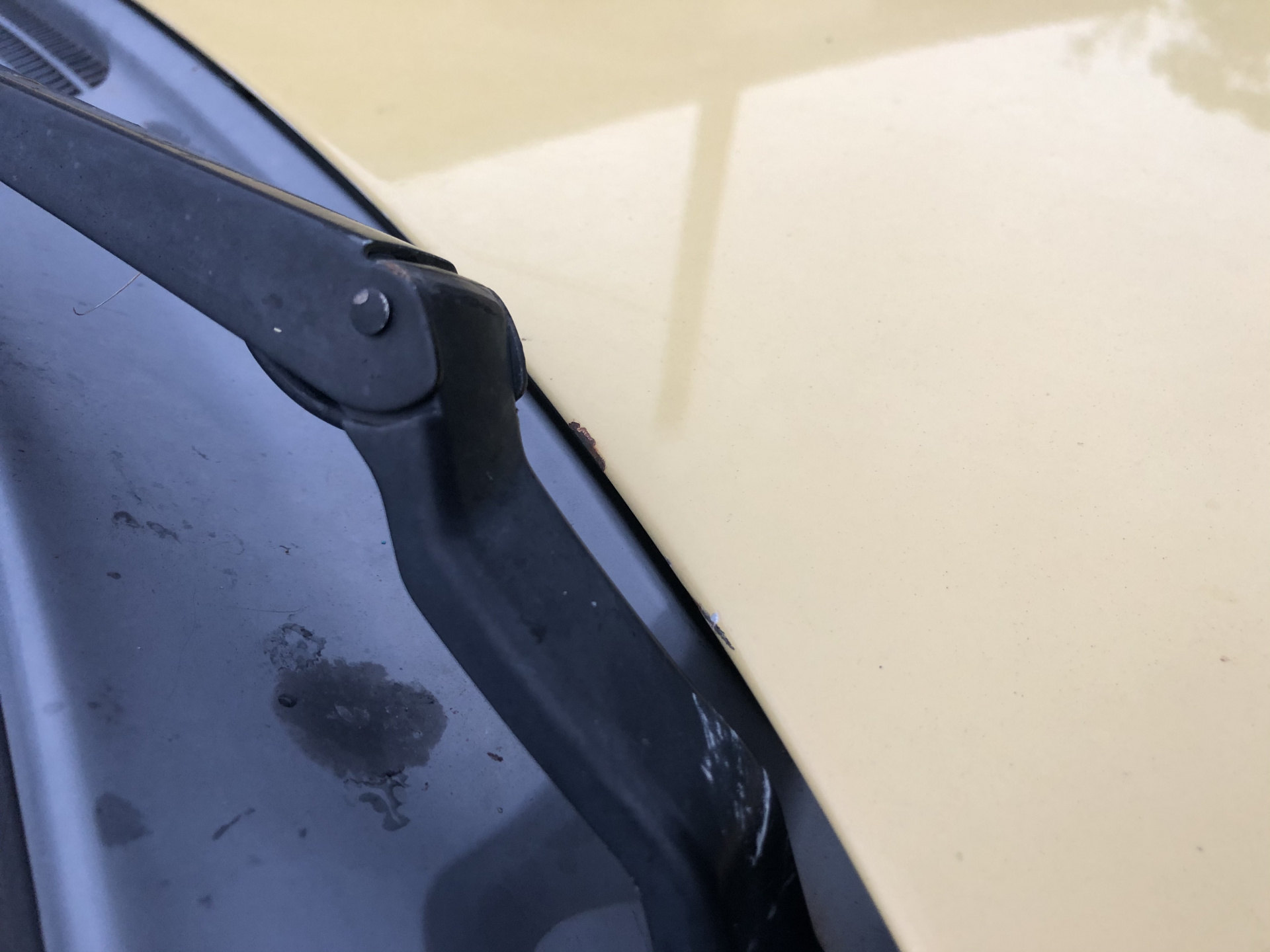
Front indicator mounts can snap off in mild impacts, and/or after extended use on dirt roads. More common is that they are broken by people being rough and not understanding how they are designed to come out when changing indicator globes. Loosen the phillips head screw and then pull the indicator forward and very slightly outward and they won’t break.
The body trim at the bottom of the side glass on the rear doors can get caught on clothing when people are getting out of the front seat. Particularly if the car is parked in a way that prevents the front door being fully opened.
This leads to the trim getting bent and eventually breaking.